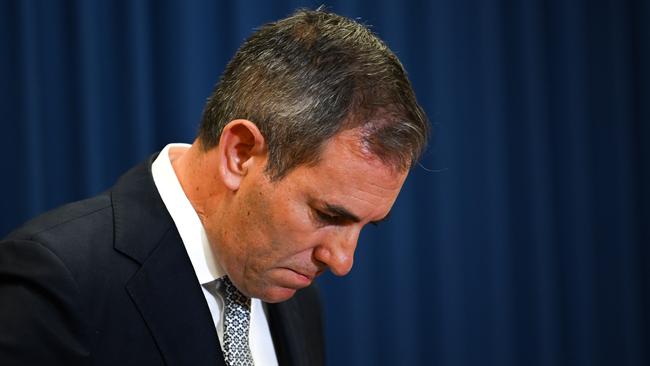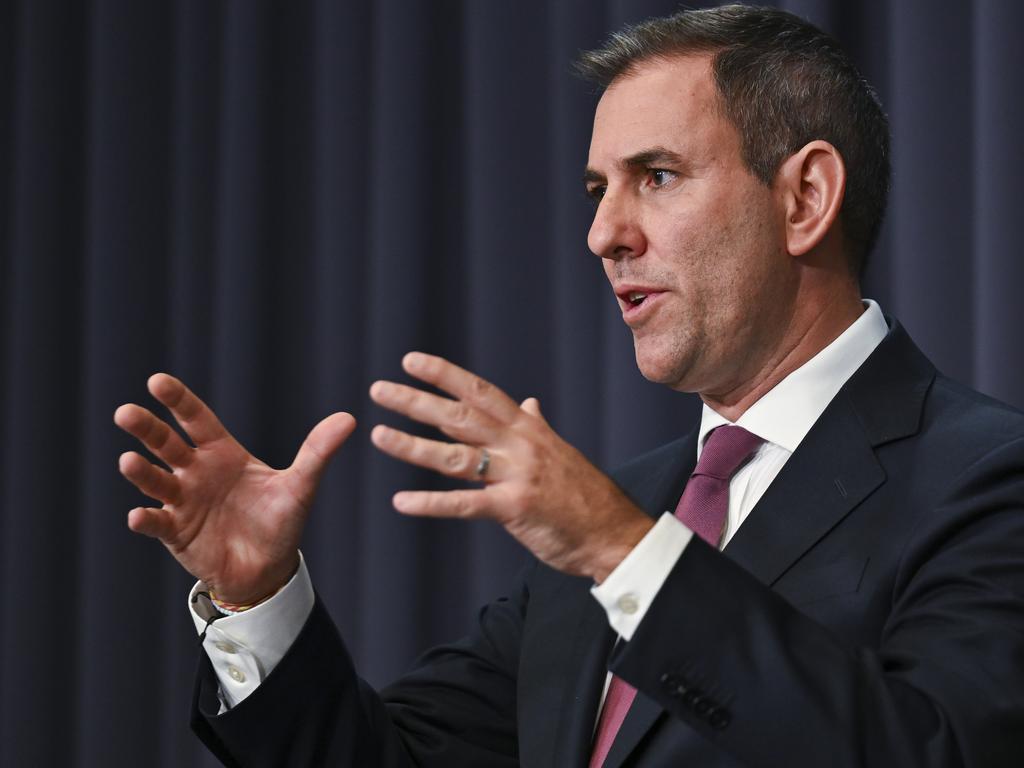
The good news was that the increase in the trimmed mean was 3.2 per cent in the 12 months to November, down from 3.5 per cent in the previous month, nudging that all important target band of 2 to 3 per cent.
The bad news was that the monthly headline figure rose by 2.3 per cent, up from 2.1 per cent in the previous month. The figure of 2.3 per cent is slightly higher than expectations. The timing of the receipt of electricity bill rebates partly explains what went on with the headline figure. Automotive fuel also fell during the month, although Australia is totally exposed to the vagaries of international movements in the oil price.
The top contributors to the overall rise in consumer price rises during the month were food and non-alcoholic beverages; alcohol and tobacco; and recreation and culture. Consumers will no doubt have noticed these outsized movements.
One of the key issues is whether or not these figures, both the good and the bad aspects, will make any difference to the deliberations of the Reserve Bank to be held in early February. (Note here that it will be the old board that meets, with the new Monetary Policy Board due to commence in late March/early April.) Is there enough in the data to affect their thinking?
The first thing to say is that the monthly CPI figures are more limited in their scope than the comprehensive quarterly CPI figures. In the past, the ABS only released quarterly figures, which meant a long lag between data print and decision-making.
Having monthly CPI figures is an improvement – almost all advanced economies release monthly figures – but the quarterly release for the December quarter of last year, which is due on January 31, will be more important in influencing the RBA’s assessment.
While the bond traders still think it is more likely than not that the bank will cut the official cash rate in February – by 25 basis points, in all likelihood – this is by no means a done deal. After all, the bond traders have a habit of getting it wrong, as they did several times last year.
Michele Bullock, the bank’s governor, has made it clear the objective is to see inflation heading sustainably towards the target band before any cut is contemplated. She uses the term “sustainably” frequently. The last thing the bank wants is to see an uptick in the underlying inflation rate after it has initiated a period of rate cutting.
It is interesting to compare monetary policy here with what has happened in other countries. Having experienced similar surges in inflation after the pandemic, most other central banks increased their official interest rates more aggressively than the RBA, reaching higher maximums (5 per cent and above). Having then tamed inflation in a shorter time frame, these central banks started the process of cutting their official interest rates last year – the US Fed, the Bank of Canada, the Bank of England, the European Central Bank and the Reserve Bank of New Zealand all fit into this category.
The RBA has taken a different approach, tolerating above-target inflation for longer by raising the cash rate more modestly. The presumed upside has been a stronger labour market, although economic growth has been very weak. It remains an open question whether the approach of the RBA has been the best option.
There is now evidence emerging in a number of countries that falling inflation rates are levelling out. It’s not entirely clear whether there will be further cuts to official interest rates overseas in the next six months.
The big question in Australia is whether the RBA will cut the cash rate in February. I’m not sure it would be wise to bet your house on this outcome – to use a bad pun. April looks more likely, but this will be dependent on more data on price movements as well as economic conditions more generally.







The release of the November monthly CPI figures contained some good news and some bad news.